Emotional Intelligence for Infants & Toddlers || Timberdoodle Tiny Tots Kit
This post may contain affiliate links, which means I may receive compensation if you make a purchase using one of these links.
Emotions are everywhere and are a vital part of social interaction. Helping babies understand their feelings leads to skills like empathy, self-awareness, and nurturing.
Infants and toddlers learn from our facial expressions, words, and interactions. Being intentional in presenting opportunities to practice emotions and how to respond appropriately encourages both awareness and regulation.
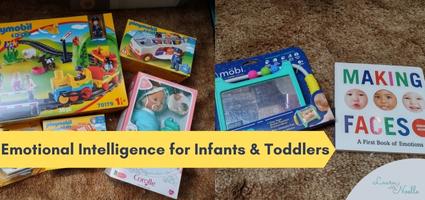
A special thanks to Timberdoodle Company for sponsoring this homeschool series of posts by graciously sending us this complimentary curriculum kit to see what we think. All opinions are our own!
The Birth to 2 Tiny Tots Kit features 4 tools for teaching emotional intelligence. Two designed for infants, and two designed for toddlers.
Making Faces: A First Book of Emotions

While Making Faces: A First Book of Emotions is intended to be read to infants, it’s actually very interactive for toddlers as well. Featuring 5 basic emotions: happy, sad, surprised, angry, and silly, the sturdy board book pages are made to handle repeated readings with little ones.
One side of the page shows a large picture of a baby’s facial expression, and the other side of the page shows smaller pictures of all 5 expressions while asking the baby to point to the matching face from the other side.

Young babies won’t be able to identify the right face, but I read it to my baby and help him point to the right one as practice. I’ll often make the same face to him so he sees not only the picture in the book, but also my face looking at him.
In the back of the book is a mirror that is so fun to have him see his own expression in.
Peeka Mirror

We brought out the Peeka Mirror in baby’s first few weeks and try to use it daily. Great for tummy time, lap time, diaper changes, and car rides, the mirror has a handle that can prop it up, or provide solid grips for baby to hold on each side. The fun textured food-grade silicone pieces are wonderful to handle, and also to chew!

We love that the Peeka Mirror is shatter-resistant and non-toxic, making it a safe tool for teaching so many language development and fine motor skills. Seeing their reflection teaches a baby about self-awareness, facial expressions and so much more.
PlayMobil Community

When my daughter was little, we didn’t know toys like PlayMobil Community existed and I am so excited that my son gets to have this set as he grows. Labeled for ages 18 months and up, these multi-sensory lego-like toys are perfect for little hands and hearts.
The handbook offers seven ways to engage in pretend play with your child to help develop their social and emotional skills, but really, the opportunities are endless with imagination!
Playing with these toys a few times a week can help toddlers learn about taking turns, telling stories, solving problems, and building language vocabulary. It’s also great for learning empathy, etiquette, and recognizing likes and dislikes.
This set features a train, garbage truck, bus, and police car, plus a railroad track, farm animals, diverse community workers, and more.
Since we got this set when my son was an infant, he has no awareness of it yet, but my six-year-old daughter squealed with delight and immediately began playing with the pieces. I look forward to the day when she can play with her little brother and together they can learn valuable social interactions!
Corolle Bebe Doll
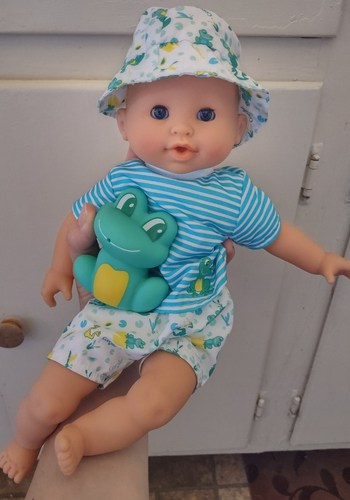
If you have older children, you might wonder why you need yet another baby doll. But hear me out…the Corolle Bebe doll is well worth adding to the collection! While playing with any doll can help to teach empathy and nurturing, the Bebe doll has some features that make it perfect for toddlers (and older kids too).
Bebe has a softly vanilla-scented head, arms and legs, and a washable body. This means Bebe is designed for getting wet–bath, pool, puddles–just wring bebe out and hang to dry with the tab on the back.
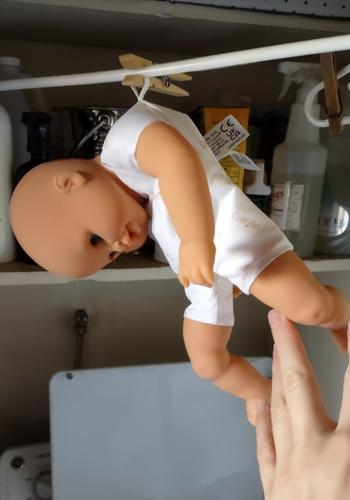
Infants and young toddlers can watch you care for the baby doll and begin to mimic your actions. This is the perfect doll to practice all kinds of life skills with like bathing, feeding, dressing/undressing, rocking, napping, babywearing, and traveling in the car.
We’ve gotten out Bebe from an early age and my son likes to look at the doll and watch what we do with it. His big sister is also very fond of the doll and showing her brother how to play!
Another perk is that Timberdoodle carries three different versions of Bebe, so you can customize your kit with a different gender or skin-toned doll.
Final Thoughts on Emotional Intelligence for Infants & Toddlers
We are loving the carefully curated materials for Emotional Intelligence in the Birth to 2 Tiny Tots Kit. Expressions, emotions, and social interactions are crucial to relationships and interactions throughout life, and helping our little ones to grasp this early is an amazing thing!
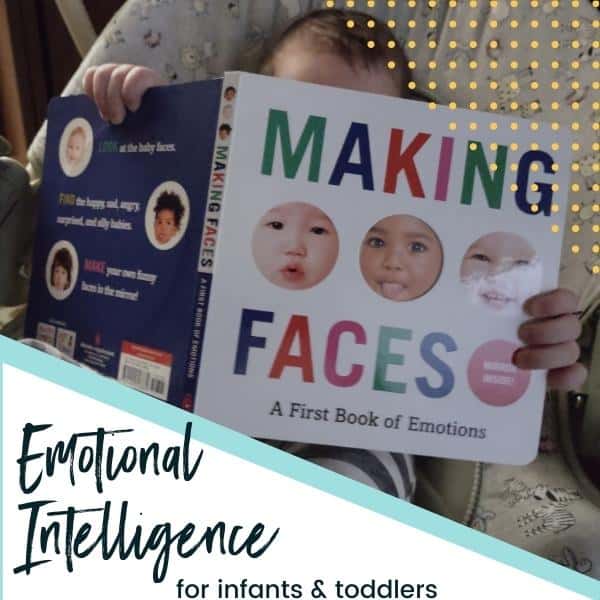
Related Articles on Homeschooling
- Motor Skills for Infants || Timberdoodle Tiny Tots Kit Review
- Sensory Skills for Infants & Toddlers || Timberdoodle Tiny Tots Kit Review
- Timberdoodle Tiny Tots Birth to 2 Curriculum Kit Overview (2022-2023 Homeschool Year)
Want to save Emotional Intelligence for Infants & Toddlers for later? Pin to your favorite Pinterest board here:
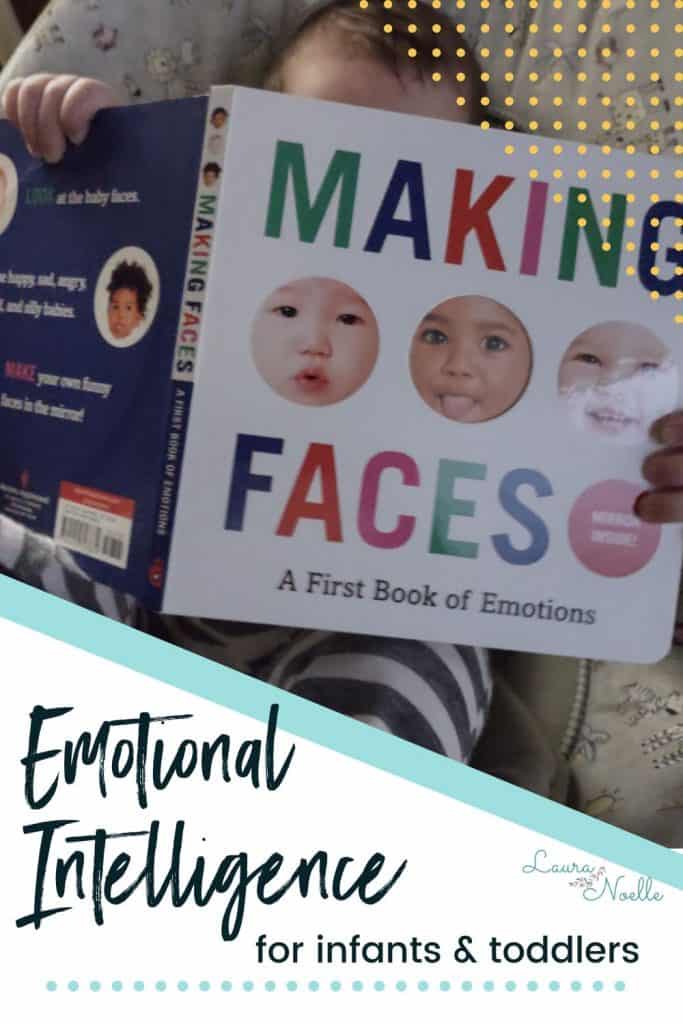

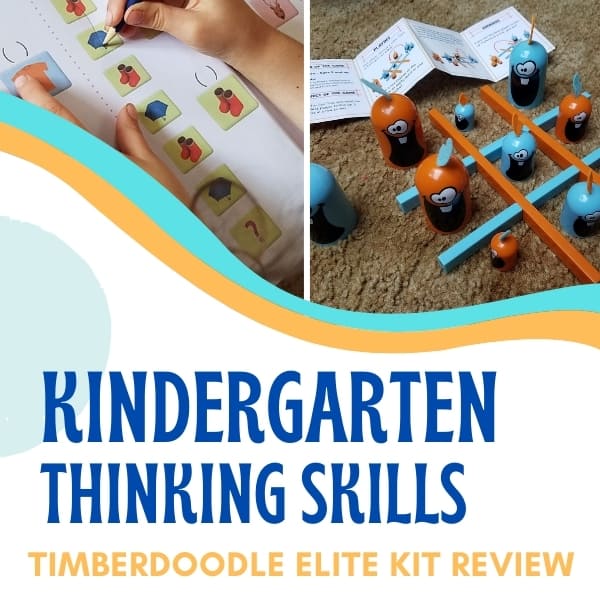
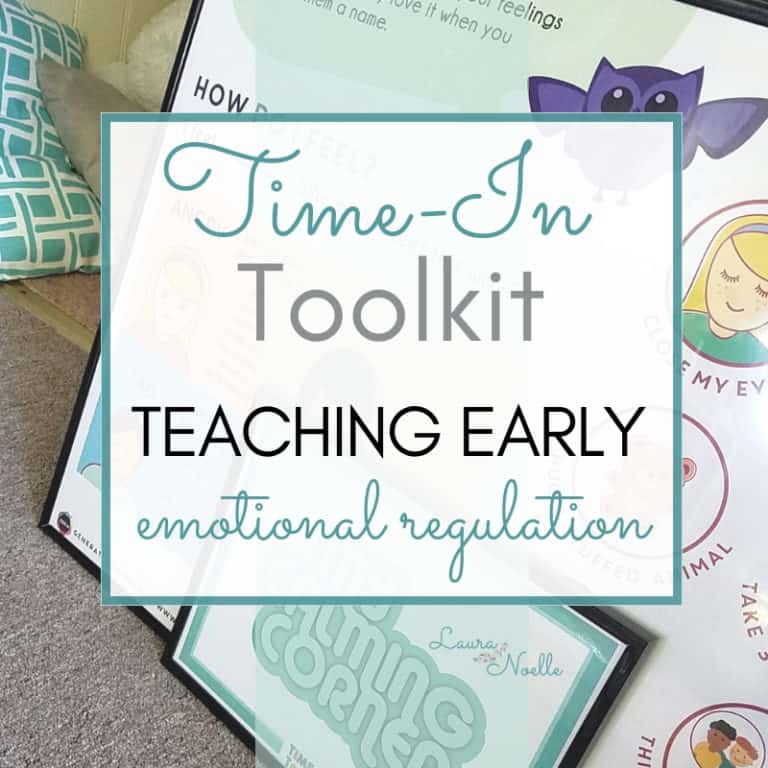
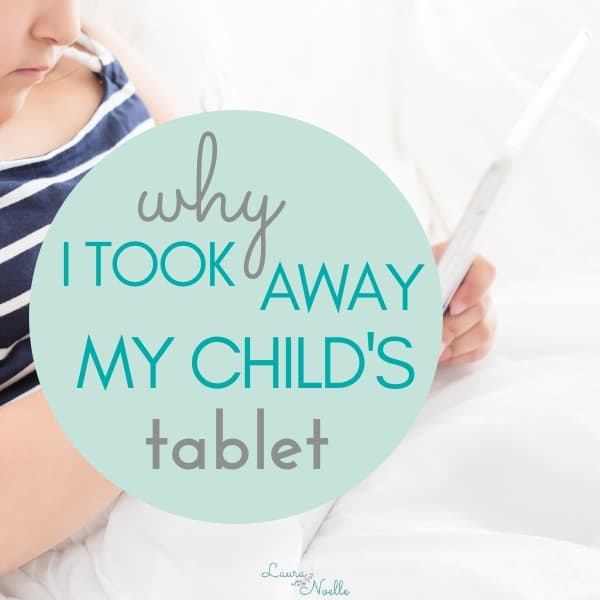
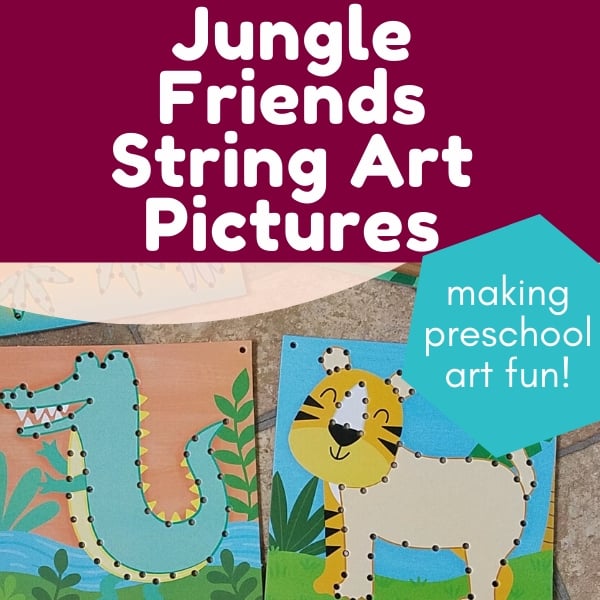
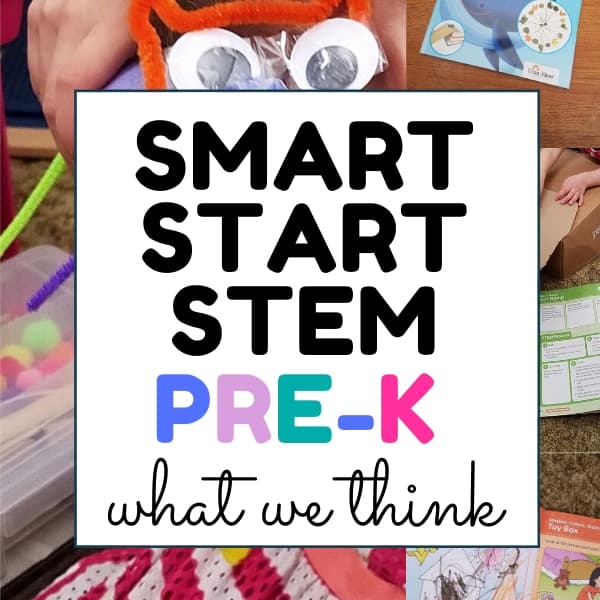
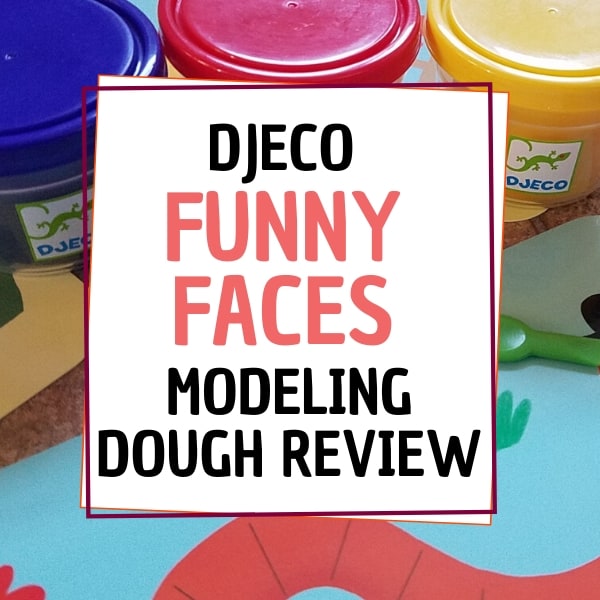
Great post!